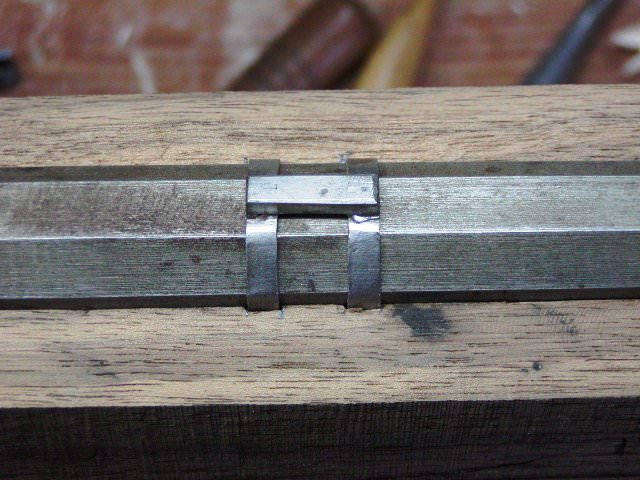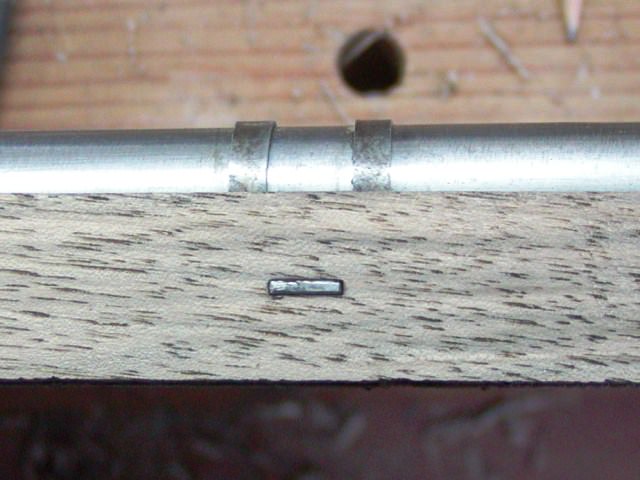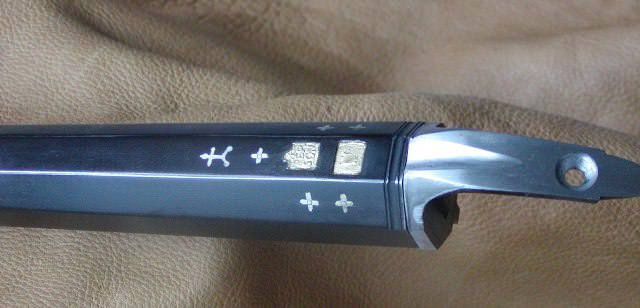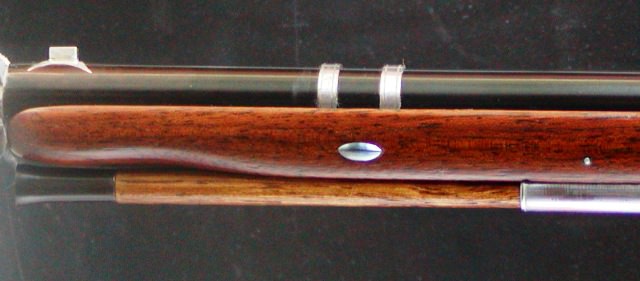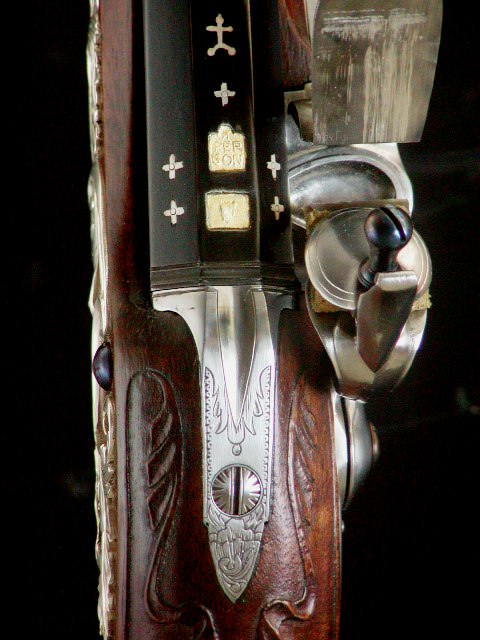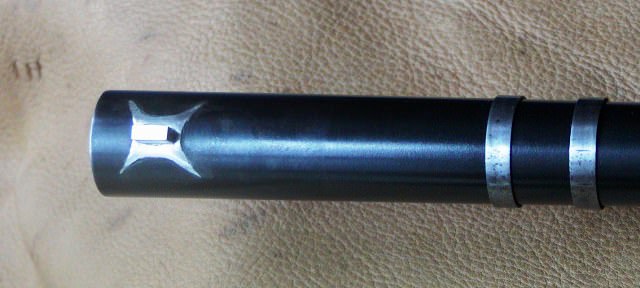- Joined
- Nov 26, 2005
- Messages
- 5,229
- Reaction score
- 10,913
Rick,
Thank you very much! That is a beauty. Apparently, Bis occasionally used Roman locks like that as well as Al a Mode Spanish locks. I like the look of the Roman lock but the Spanish always considered them inferior to the Patilla. The House of Bourbon influence I suppose and I don't mean Kentucky bourbon. Do you think that stock is cherry?
Do you think that stock is cherry?
I finished with the barrel for a while and will put it aside until I figure out a plan and start my drawings. I filled the lug dovetail.
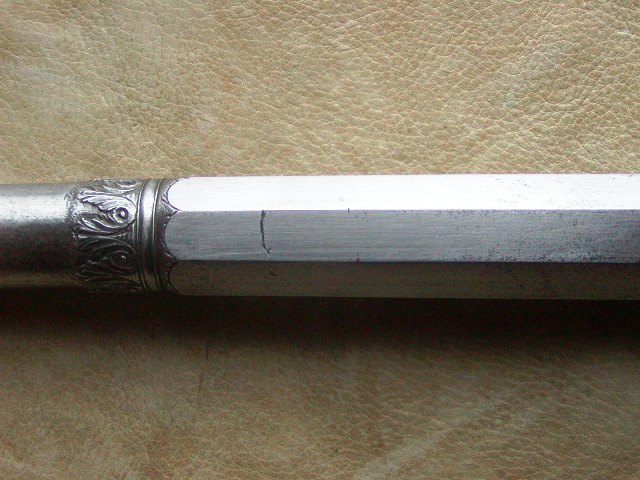
I also cleaned up the bore and outside a little more.
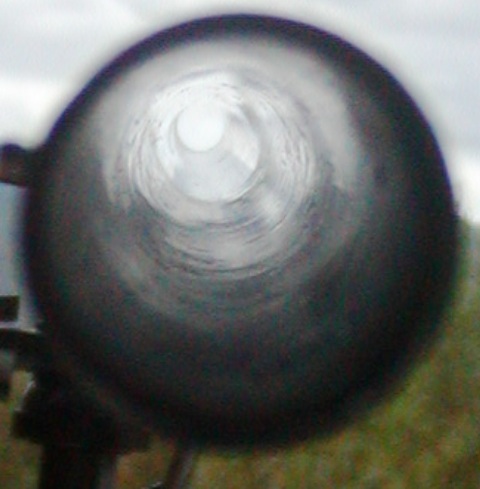
Look at the detail in the iron chiseling. Unbelievable!
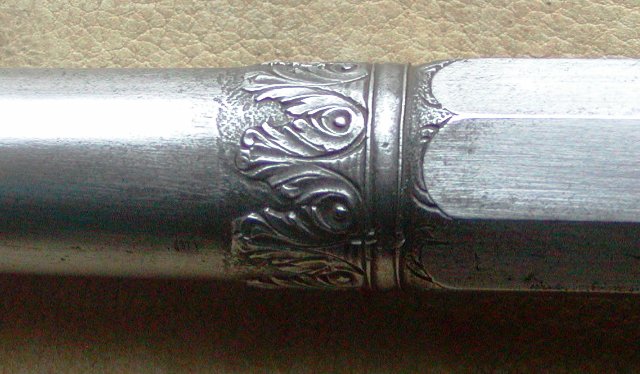
dave
Thank you very much! That is a beauty. Apparently, Bis occasionally used Roman locks like that as well as Al a Mode Spanish locks. I like the look of the Roman lock but the Spanish always considered them inferior to the Patilla. The House of Bourbon influence I suppose and I don't mean Kentucky bourbon.
I finished with the barrel for a while and will put it aside until I figure out a plan and start my drawings. I filled the lug dovetail.

I also cleaned up the bore and outside a little more.

Look at the detail in the iron chiseling. Unbelievable!

dave











